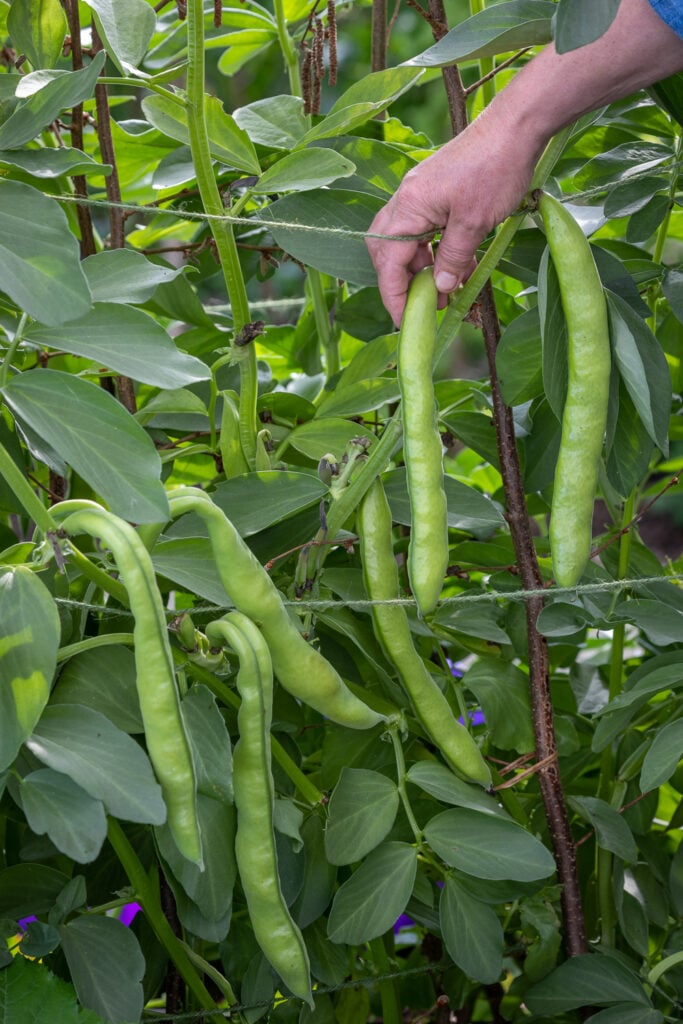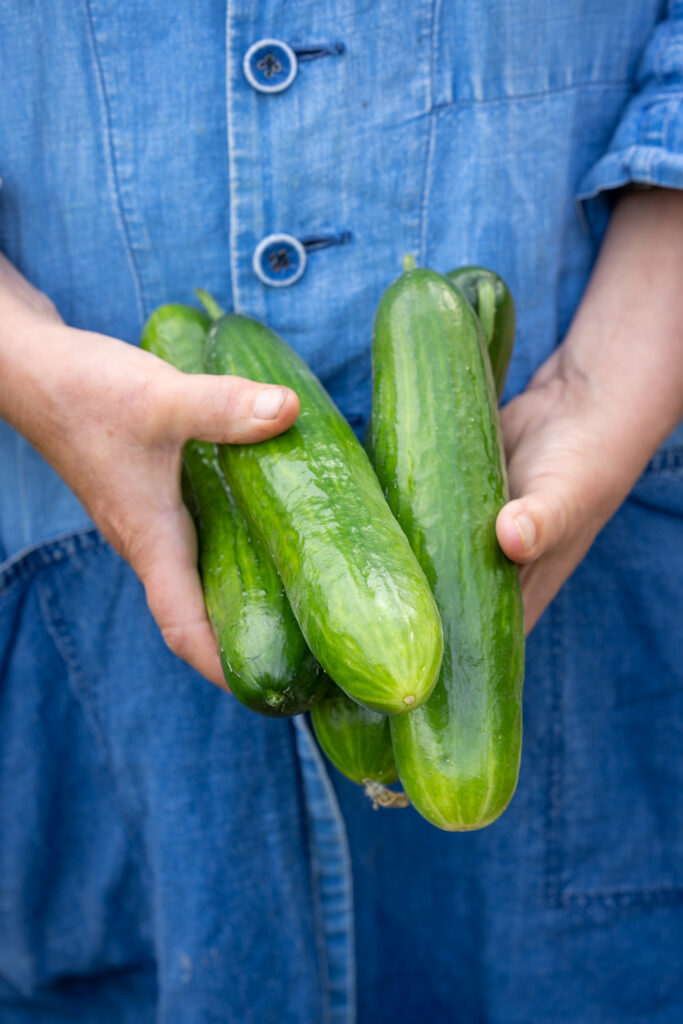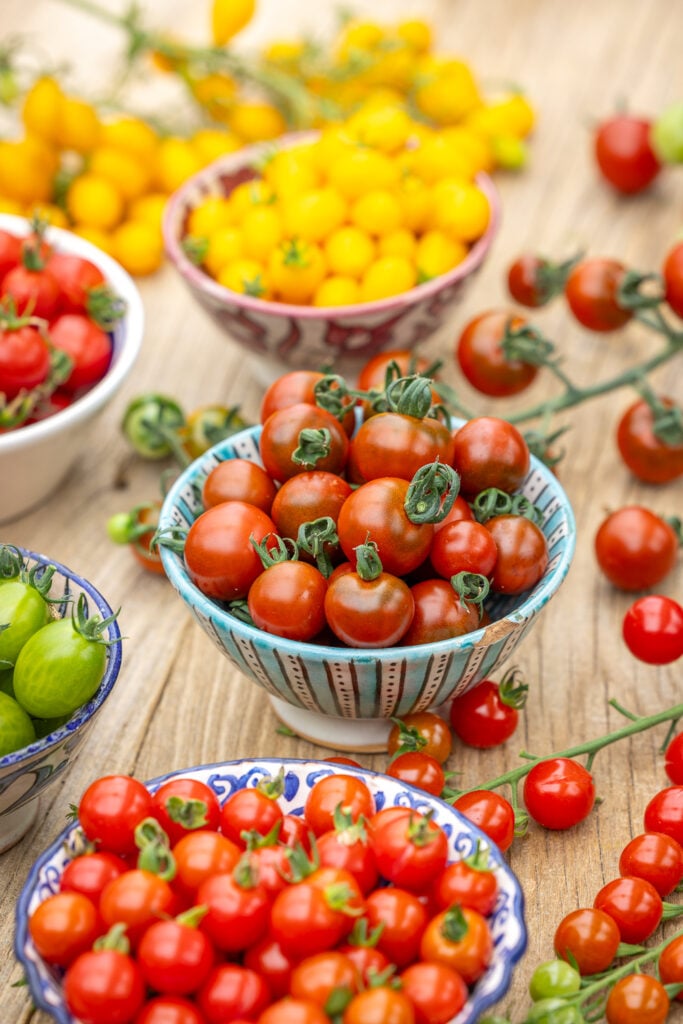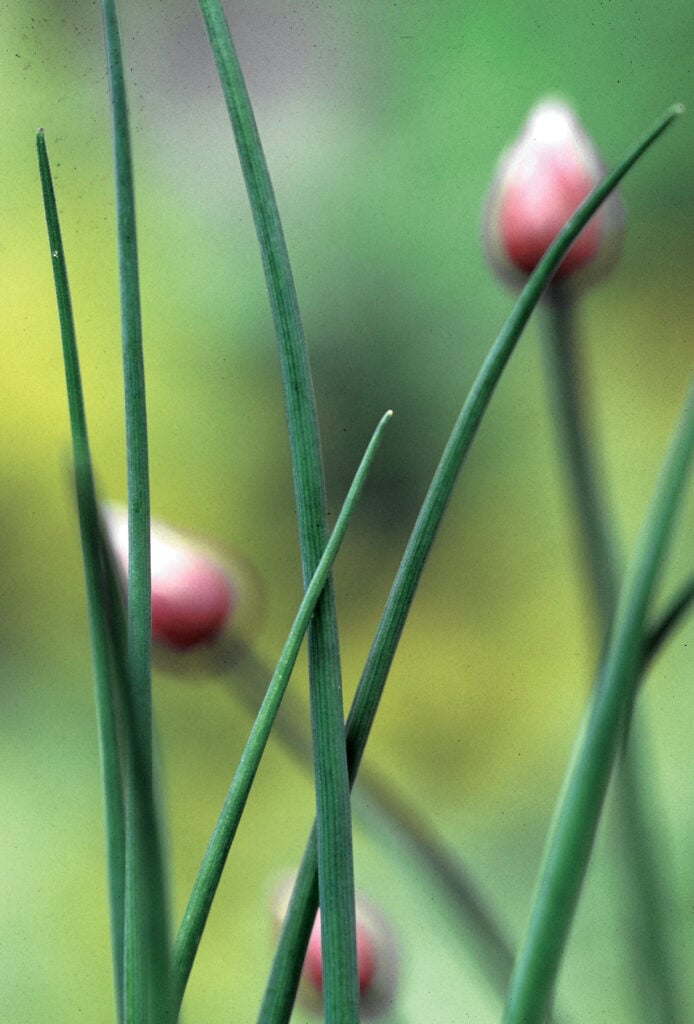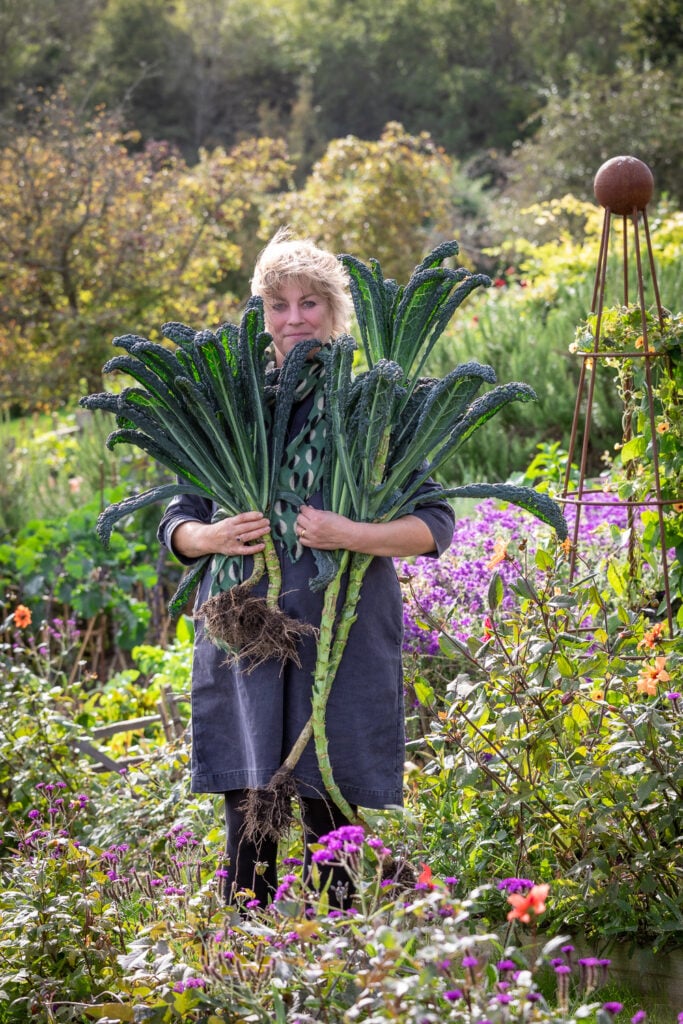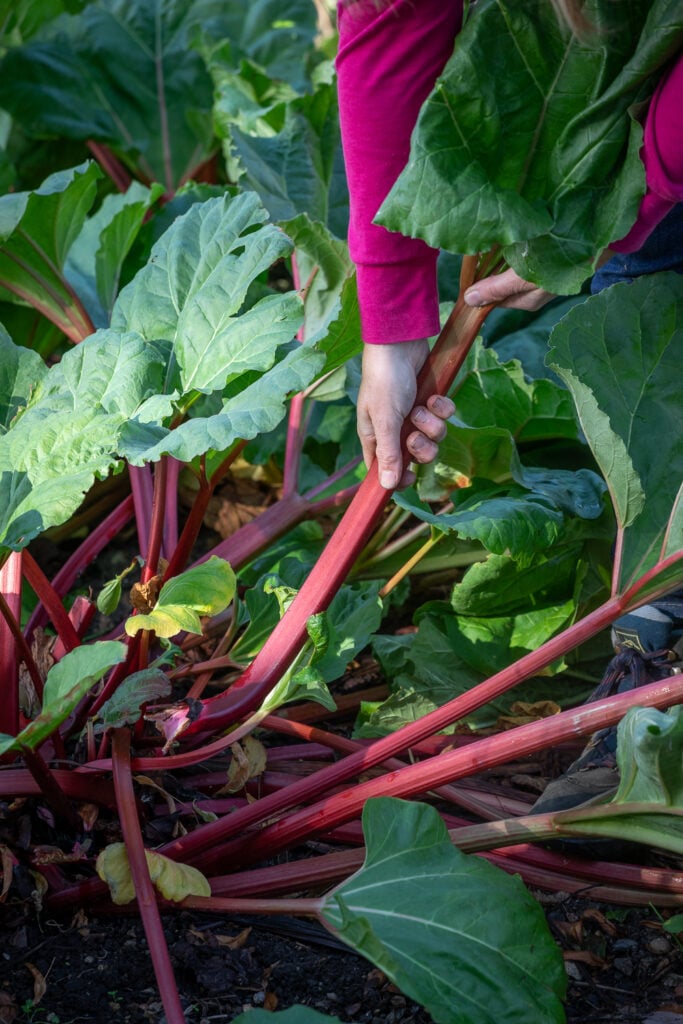Sarah Raven’s top tips: Pave the way for a homegrown harvest
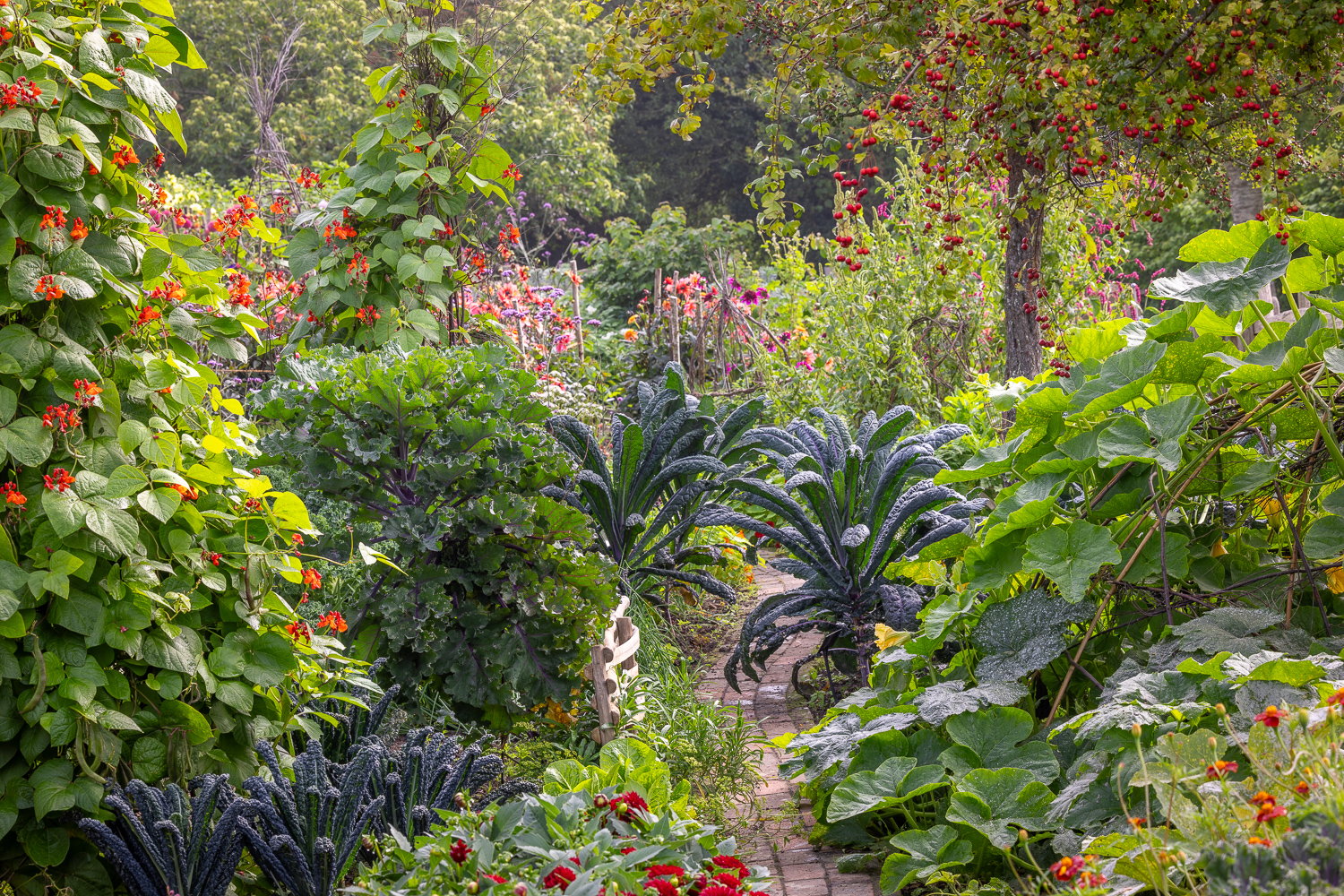
It’s easy to see why March and April are great months for sowing, growing, and harvesting – the sun sets later, and the harsh winter weather is gradually on its way out. So, with the new season’s growth truly on the move, now is the time to make the most of it whether you have a large garden, small terrace, or an allotment.
What to sow in March & April (for the greenhouse)
The months of March and April are all about preparing for an abundant harvest once the threat from frost has passed…
- Tomato seedlings – If sown now, kept frost free, and the tips not pinched out, it crops until November.
- Broad bean seedlings – You might notice that their roots are bursting out of root trainers, so should be planted out as soon as possible.
- Cucumbers – Sow your favourite cucumber varieties under cover from March. Remember, these are climbers, so provide support.
- Courgette – The perfect choice for an abundant harvest, sow under cover from late March into April.
- Picking Broad Bean ‘Masterpiece Green Longpod’ – Vicia faba
- Cucumber Socrates F1
- Tomato trial with Tomato ‘Riesentraube Cherry’, Tomato ‘Sweet Aperitif’, Tomato ‘Ildi’ F1, Tomato ‘Green Envy’ and Tomato ‘Garnet’
A project for March: Create your own herb garden
Herbs are always the front runners for March. In a window box or in a series of pots on a doorstep, these will enhance so many homecooked meals, and, unlike newly sown annual salads, neighbourhood cats often leave these pungent leaves alone.
Fresh herbs are much more effective than dried, and homegrown more than shop bought. Of the reliable evergreens, rosemary is the top of my list. March is the moment for rosemary, which is flowering away right now, and there’s no better plant for spring pollinators.
Rather than just the standard grey-blue-flowered rosemary, I go for a named variety with more interesting, coloured flowers. I’d also be lost without bay now, even though it can grow to an impressive size. Herbs such as chives, mint, fennel and lovage also make wonderful choices.
Herbs to try:
- Chives – An easy and quick germinating perennial herb from seed, which is cut-and-come-again, with a characteristic, mild oniony flavour
- Florence Fennel ‘Romanesco’ – A summer sowing variety, which forms the largest, most succulent bulbs, yet it remains tasty, tender, and sweet.
What to harvest in March & April
- Brussels sprouts – Protect against cabbage white butterflies. Water well during dry spells and mulch to help keep soil moist.
- Kale – A wonderful crop for the winter into spring. I love this in a finely chopped topping for crostini, mixed with a few capers and green olives.
- Leeks – Many varieties of leek have good disease resistance and an excellent strong flavour.
- Rhubarb – This can be harvested from March. Rhubarb is known for its long harvesting season, use your abundant harvest to create jams and crumbles for all your friends and family to enjoy.
- Chives
- Sarah showing the difference between Kale ‘Black Magic’ and Kale ‘Cavalo Nero’
- Harvesting rhubarb by pulling
Watch Sarah’s video about growing tomatoes:
Special Discount Offer
As part of our partnership with Sarah Raven, they are offering National Garden Scheme Supporters an exclusive 15% discount on snowdrop and other spring flowering bulbs. Simply enter code 15NGS24 into your online basket to apply the discount.*
Visit the Sarah Raven website to browse more top tips
* Ts & Cs apply: Offer valid until midnight 31st December 2024. Offer can only be redeemed once and not in conjunction with any other offer code, promotion or discount. Discount applies to the value of the goods only. Standard post and packaging charges apply. Not redeemable against: offline orders, previous orders, gift vouchers, gift wrap, courses, events, sale items or items in the shop at Perch Hill or other retail outlets. For full terms and conditions visit sarahraven.com/terms





